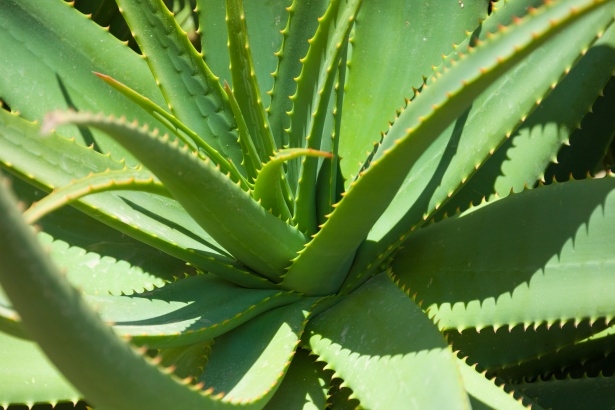
Propagating Marigold Plants: A Step-by-Step Guide
Marigolds are vibrant and hardy flowers loved by garden enthusiasts for their cheerful blooms. If you’ve always admired marigolds and want to expand your garden, why not try propagating marigold plants? Propagation is an easy and cost-effective way to grow more marigolds from existing ones. In this guide, we’ll walk you through the step-by-step process of marigold propagation.
What is Marigold Propagation?
Propagation refers to the process of creating new plants from existing ones. Marigold propagation can be done through various methods such as seeds, stem cuttings, or division. Each method has its own unique advantages, but in this guide, we’ll focus on propagating marigolds through stem cuttings, as it is a simple and effective technique.
Materials You’ll Need
Before we get started, gather the following materials:
- Healthy marigold plants
- Pruning shears or a sharp knife
- Rooting hormone powder (optional)
- Pots or containers with well-draining soil
- Watering can or spray bottle
- Plastic bags or a humidity dome (optional)
Step-by-Step Marigold Propagation Process
Follow these steps to propagate marigold plants successfully:
1. Select the Parent Plant: Choose a healthy marigold plant with vibrant flowers and strong stems that you want to propagate.
2. Prepare the Tools: Make sure your pruning shears or knife is clean and sharp. Sterilizing them with rubbing alcohol or a bleach solution helps prevent the spread of disease.
3. Take Stem Cuttings: Locate a non-flowering stem from the parent plant that is around 3-4 inches long. Cut just below a leaf node at a 45-degree angle.
4. Remove Lower Leaves: Carefully remove the leaves from the lower half of the stem, leaving only two or three leaves at the top.
5. Optional: Apply Rooting Hormone: Dip the cut end of the stem into rooting hormone powder to encourage faster root development. Gently tap off any excess powder.
6. Plant the Cuttings: Fill a pot or container with well-draining soil. Make a hole in the soil using a pencil or your finger and insert the stem cutting into it. Gently press the soil around the stem to secure it in place.
7. Watering & Care: Water the soil thoroughly, ensuring it is evenly moist. Avoid overwatering, as excessive moisture can lead to rotting. Place the pot in a warm, sunny location, but protect it from direct sunlight.
8. Encourage Root Growth: To promote root growth, you can cover the pot with a plastic bag or place it inside a humidity dome. This helps retain moisture and create a humid environment for the cuttings.
9. Monitor & Maintain: Keep a close eye on the cuttings, ensuring the soil remains moist but not waterlogged. Mist the leaves occasionally to maintain humidity. Within a few weeks, you should see new roots forming.
10. Transplanting: Once the new marigold plants have developed a healthy root system, usually after 4-6 weeks, they can be transplanted into individual pots or directly into your garden.
Final Thoughts
By following these simple steps, you can propagate marigold plants and enjoy an abundance of these vibrant flowers in your garden or share them with friends and family. Remember to be patient and provide proper care during the propagation process. Soon, you’ll have a colorful marigold garden to admire and uplift your outdoor space!
Keep Reading

Title: Rooting Crepe Myrtle in Water: A Step-by-Step Guide to Successful Propagation
If you're looking to propagate crepe myrtle plants, one of the easiest and most successful methods is rooting them in water. This simple technique can help you multiply your favorite crepe myrtle varieties without much effort.

Propagate Aloe: A Step-by-Step Guide to Successfully Propagating Aloe Plants
Aloe plants are not only lovely additions to any indoor or outdoor garden, but they also offer numerous health benefits. If you're looking to expand your aloe collection or share this amazing plant, aloe is great.